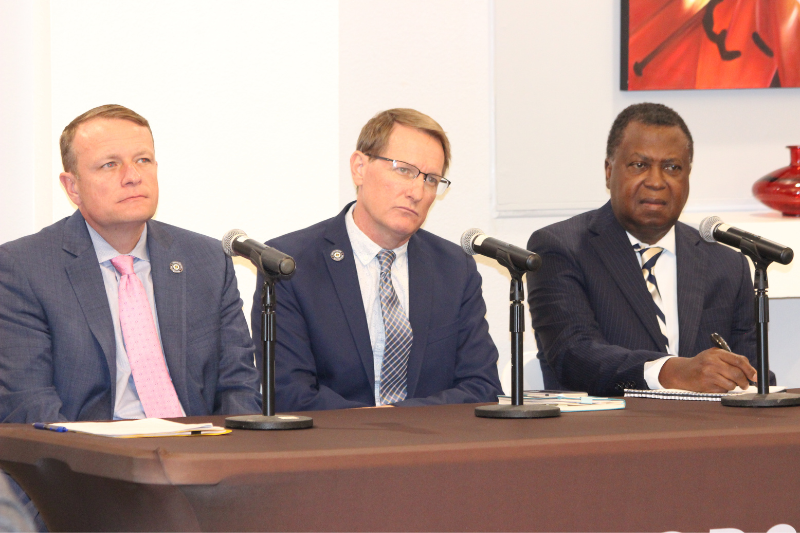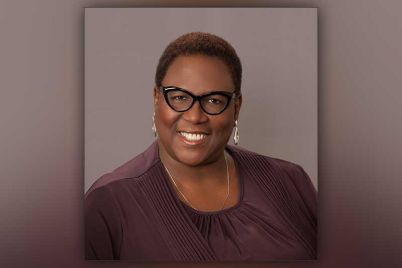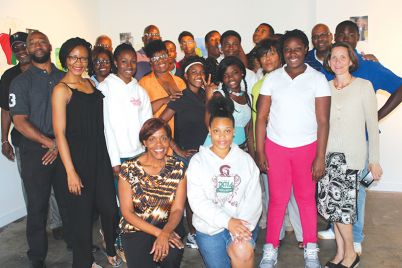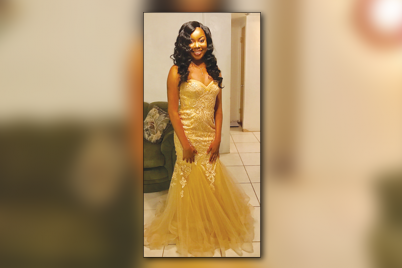With all the controversy surrounding Pinellas County Schools banning the film ‘Ruby Bridges’ last month, Pinellas County Schools officials stopped by April’s COQEBS meeting to explain the district’s move. Left, Superintendent Kevin Hendrick, Dr. Daniel Evans, Associate Superintendent, Teaching and Learning Services and Minority Achievement Officer Dr. Lewis Brinson.
BY FRANK DROUZAS, Staff Writer
ST. PETERSBURG – With all the controversy surrounding Pinellas County Schools banning the film “Ruby Bridges” last month, Pinellas County Schools Superintendent Kevin Hendrick stopped by the Concerned Organization for Quality Education of Black Students’ monthly meeting at the Woodson African American History Museum of Florida to explain the district’s move.
COQEBS President Rick Davis said he expressed concern over the removal of Toni Morrison’s novel “The Bluest Eye” from school library shelves. This was compounded when the film “Ruby Bridges,” about one of the first Black students to attend an integrated school in New Orleans in 1960, was banned at North Shore Elementary due to objections from a student’s parent.
Hendrick noted the change in new state laws, training and points of legislation around book challenges.
“‘The Bluest Eye’ had been brought to us by a number of individuals, starting with one parent, but then by a number of community members,” he said. “The district made the decision administratively to pull that book from circulation based on the training that says you should err on the side of caution if it runs afoul of certain things in the law. We consulted with our attorney on that decision and made that decision at the same time as that new training came out; we recognize that we need to update our administration procedures with how we deal with all of these things.”
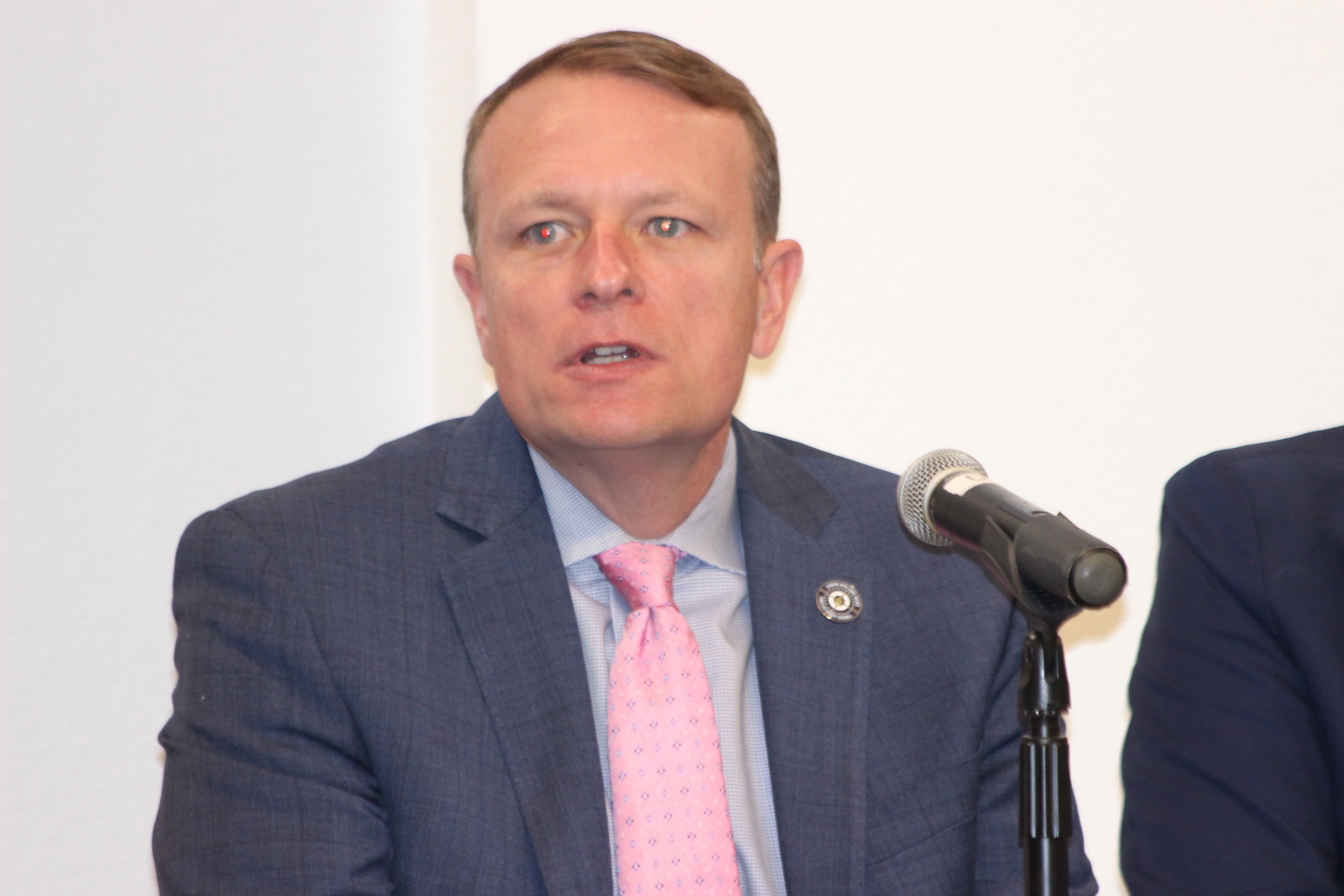
‘We’ve made some mistakes, but I would also ask for some grace and compassion for the work of where the district stands and our history in terms of trying to do this work,” said Superintendent Kevin Hendrick.
Hendrick said that the new law allows for creating a library media specialist team and dictates that its members can review “The Bluest Eye” and other books that the community might be concerned about.
“We solicited our library media specialists to join that team,” he said. “We had convened them last summer at the start of this process but really specifically to look at this book and maybe one or two others unrelated to concerns from COQEBS.”
One issue is diversity on the team, he added.
“I know one of the concerns we had discussed was diversity on that team, and that is a concern in all of these topics,” Hendrick said, adding that of the 128 library media specialists, over 100 are white females. “So, you’re not talking from a gender and race perspective a lot of diversity in our library media specialists.”
That team is meeting, and Hendrick expects them to come back with a recommendation sometime in the next few weeks, with a target date of Apr. 17.
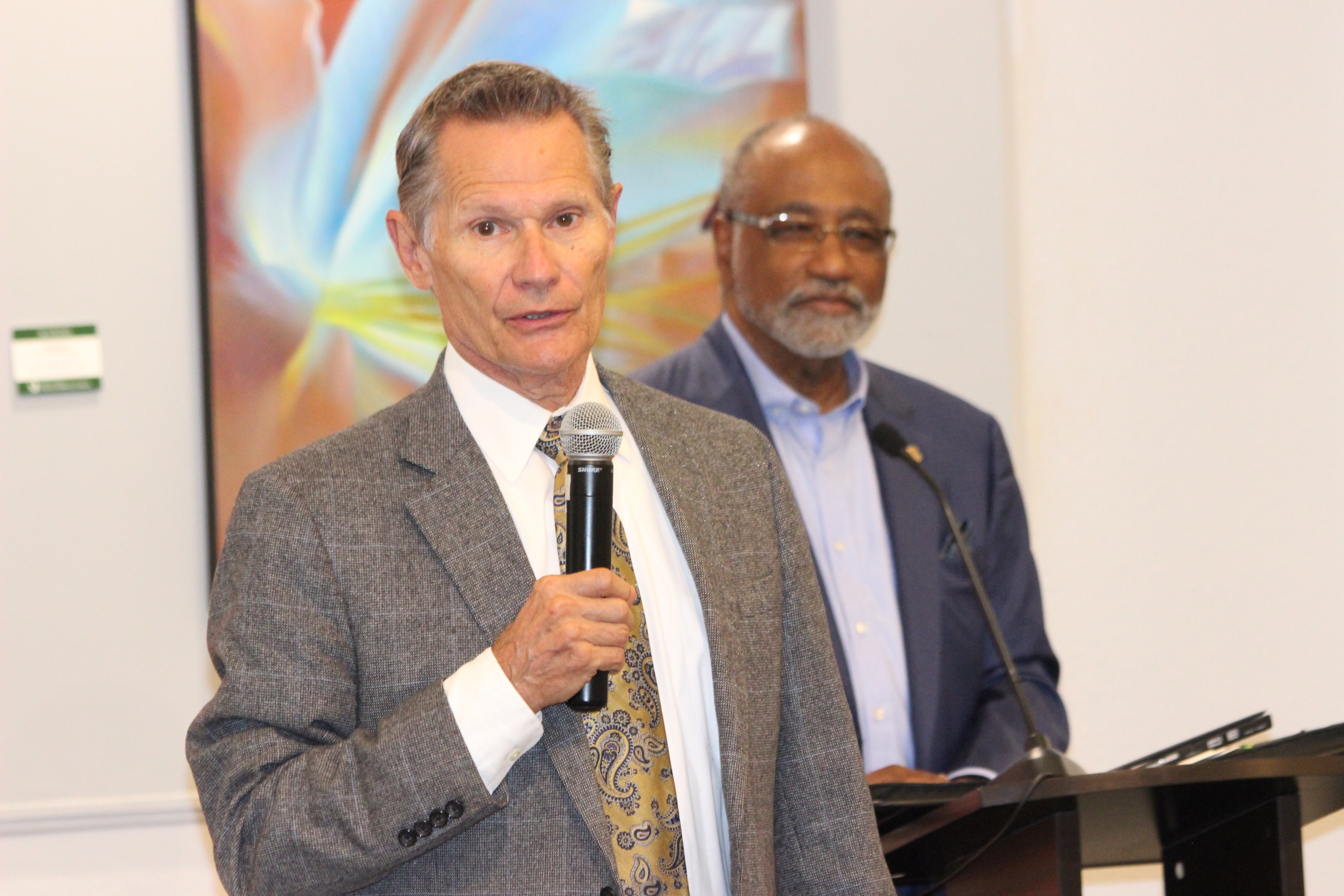
COQEBS’ Attorney Guy Burns
As for the “Ruby Bridges film,” there is a policy for any movie rated PG that must have parent permission, regardless of the film’s topic, he said.
“Frankly, we don’t show a lot of movies because we’ll use clips from things but not full-length movies,” Hendrick said. “We don’t expect our teachers to show movies two hours at a time.”
He went on to say that he was “pretty clear with our principals” at the start of February that he wanted to see evidence of Black history in our schools being taught, discussed and “on full display.”
Hendrick said that the Ruby Bridges film was shown to 58 of the 60 students in second grade at the school. The parents signed the form though two parents did not, as they chose not to have their children watch the film. One of those parents later filed an official objection, which went to the principal.
“In the meantime, she also sent me an email with her concern — not the objection form, just her concerns,” Hendrick said. “I forwarded that to a member of our staff who oversees that school and asked them to address it to the principal, and he went and did that. His email back to the parent indicated that the film would not be shown at that school, and that is what has caused the controversy [of] people saying it’s been banned.”
The film was always available in our media library to the teacher who would choose to show it, he said.
“So, from there, Monday, the school-based committee at North Shore Elementary met April. 3, followed our policy—Policy 2510 on instructional materials–and the process that included three teachers, two parents, two community members and the school’s library media technology specialists who served as the chairperson,” he said. “The process is pretty well defined; they went through the process and in about 20 minutes determined that the school followed the process, that the material was used appropriately.”
Hendrick pointed out that state legislature recently introduced HB-1069, which “further restricts local authority with how to address these challenges.”
People in the community wanted to know why the parent was told the film would no longer be shown without going through the North Shore Elementary School-Based Instructional and Media Review Committee for review.
“We’ve tried to address this through our delegation and the folks that we work with in Tallahassee, but all that to say, over the course of the last, certainly eight months, as I’ve begun to be superintendent, these things are coming quickly,” he said. “We have, as a district, tried to react appropriately. We’ve made some mistakes, but I would also ask for some grace and compassion for the work of where the district stands and our history in terms of trying to do this work.”
Linda Learner, a former Pinellas County School Board member, said that the real concern is not the history the “Ruby Bridges” film depicts but the harsh language and racial slurs in the movie that might be inappropriate for second graders. She recommended age-appropriate books to teach the story of Ruby Bridges.
“The issue really is not the movie, she said, “it’s how can we best teach African-American history in elementary school, so it is age-appropriate, and we’re using the best curriculum and materials.”
Woodson Executive Director Terri Lipsey Scott maintained that “history is just that — history,” and it has been suppressed and whitewashed for too long.
“I, too, use that movie as well as those books because Ruby Bridges was a 7-year-old, and it demonstrates her strength, her courage and her endurance,” she said. “And that’s the message that I use when I am, in fact, educating in this space around a time in history that can’t be forgotten because, sadly enough, we’re revisiting so much as it relates to the ugly history of the past. Unless our young people know that there were courageous actions that occurred–non-violent nonetheless–and that there were, in fact, law enforcement who ensured her safety, and there are so many messages embedded, not only in the movie but in those books.”
Attorney Guy Burns of COQEBS pointed out that in the Bridging the Gap initiative, the district made commitments to include diverse lesson materials and a culturally relevant curriculum.
“What has happened is people from Tallahassee have stuck their nose in the middle of all of this and created some issues that are more at this point, I think, procedural,” he said. “As we go through this process, I want the district to be on notice that not only do they have to comply with what the statutes in Tallahassee required, but they have to comply with a court order and commitment that was made here in Pinellas County to have a culturally relevant and diverse curriculum.”
Dr. Goliath Davis made a point of commending the educators at North Shore Elementary, where a parent complained about the school showing the film.
“The principal, the second-grade team did an outstanding job,” he said. “That committee process was flawless.”
Citing a research study, he said it was “ludicrous” to think that kids in second grade will not experience “racial information” prior to second grade.”
“In fact, the research found that they do it a lot earlier in life,” Davis said, “and to the extent that the kids also experienced it at home. What better place than a classroom to show a film and have competent personnel that we all believe in, talk about what’s right, what’s wrong and how we need to move past some of those things?”

